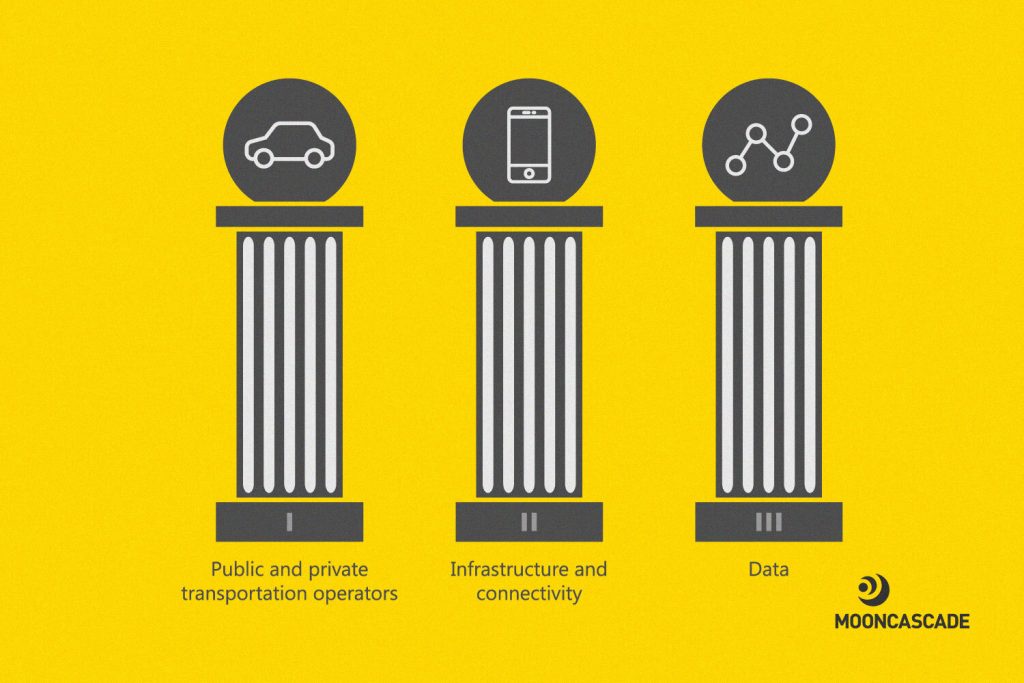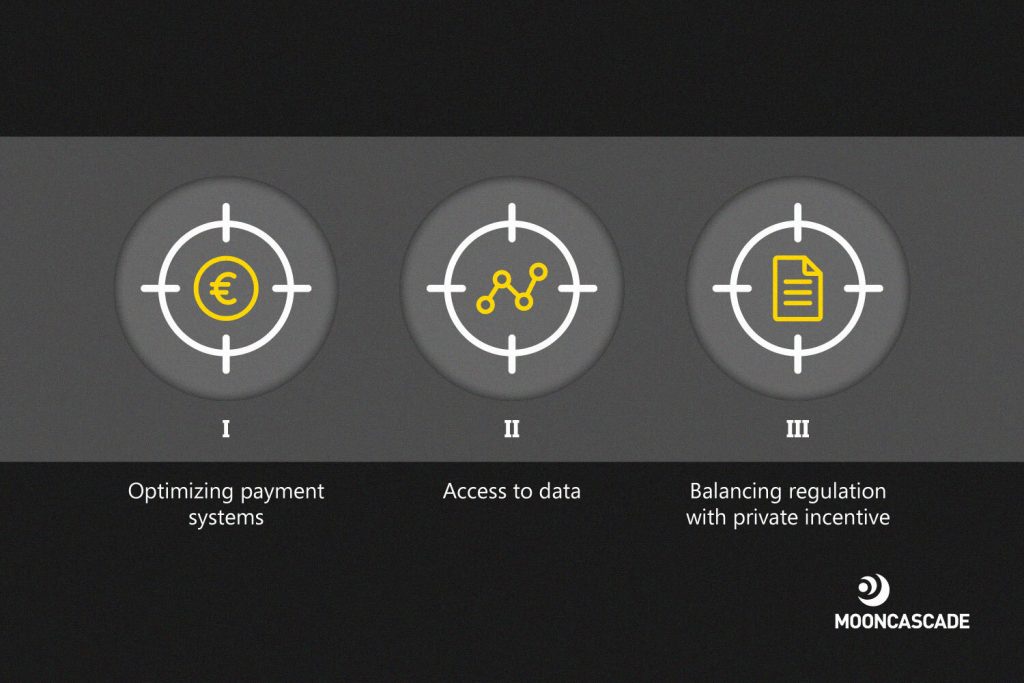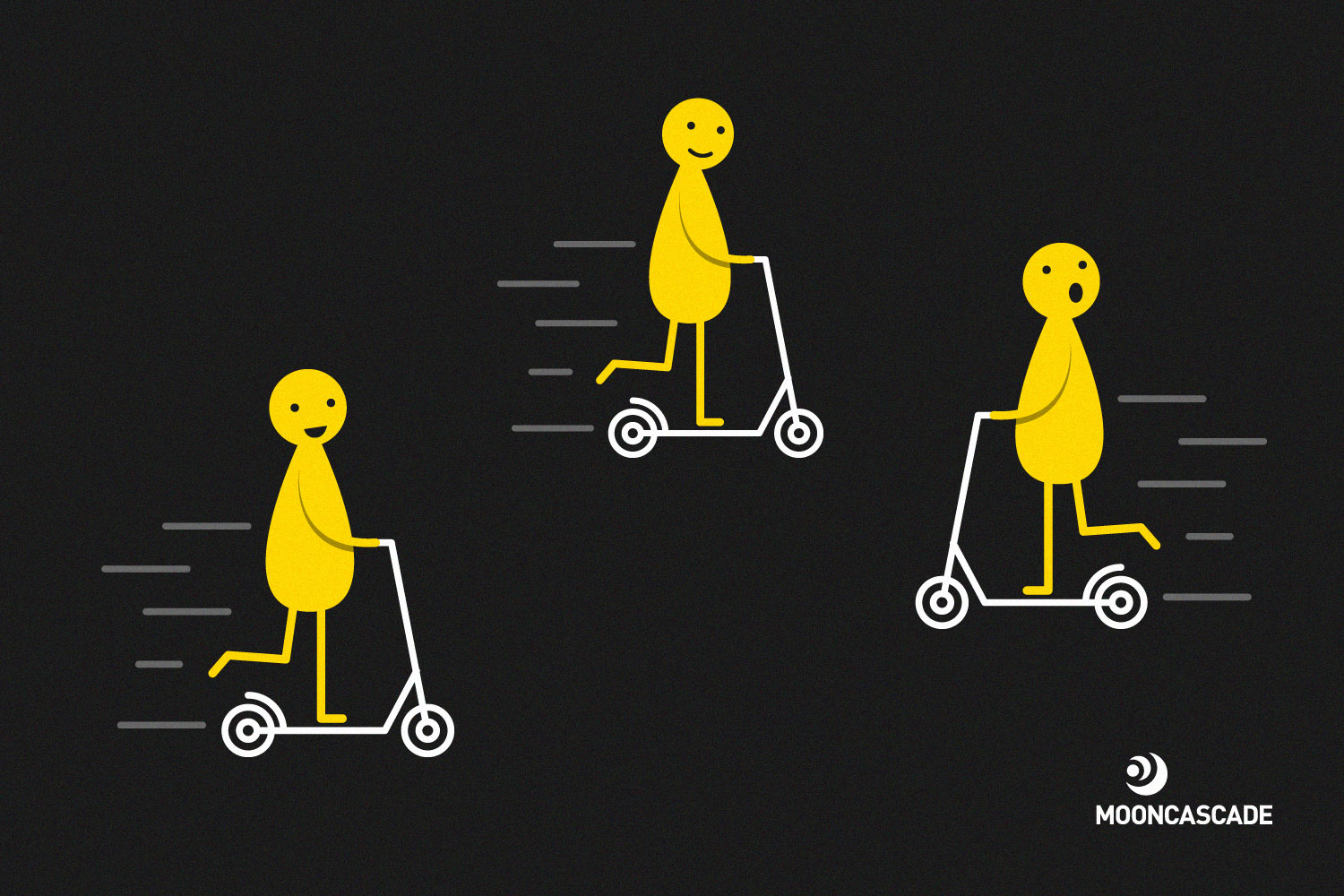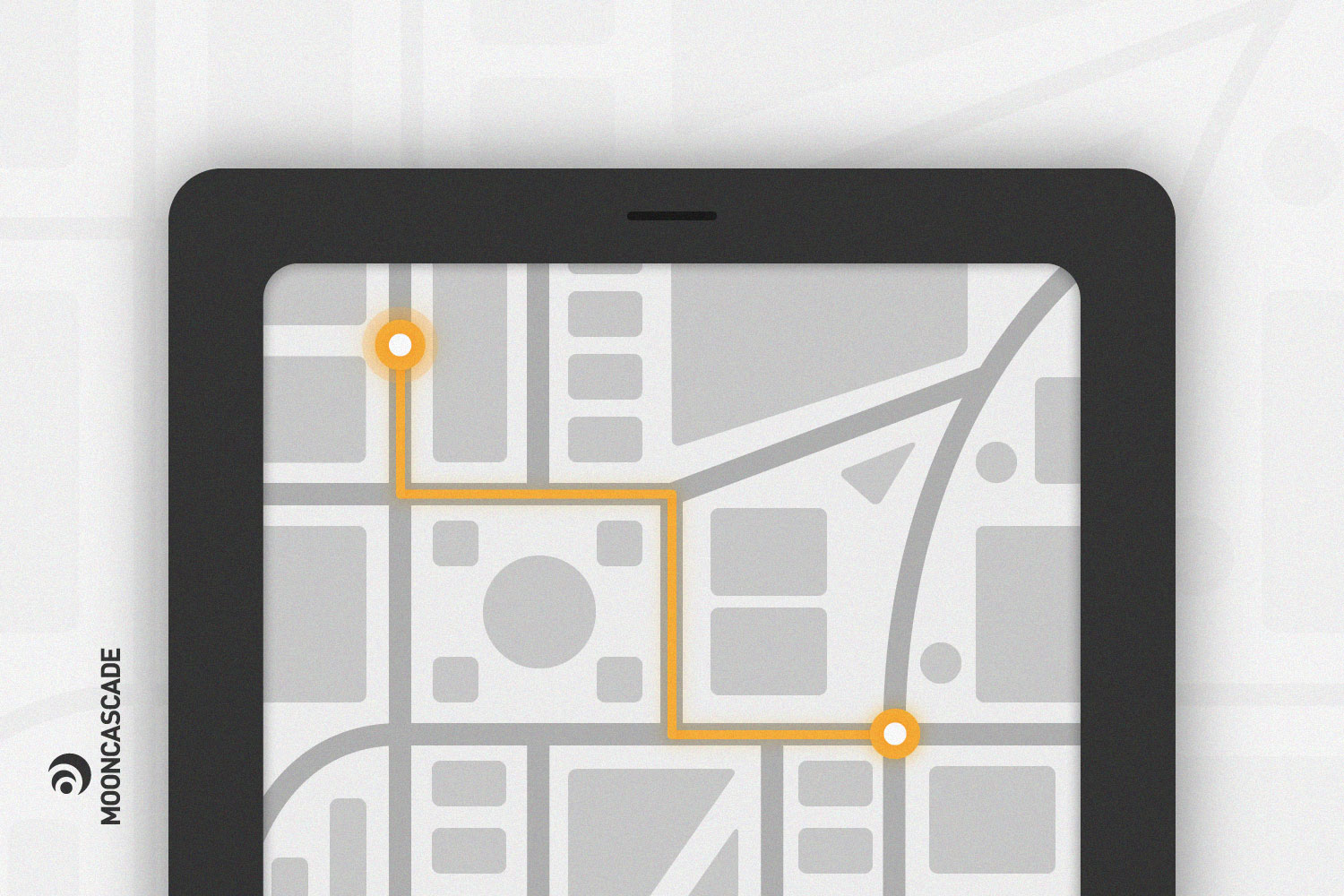Mobility as a service, the future of urban transportation
The mobility industry has undergone serious changes over the past few years. One of disruption’s most visible effects has been the rise of alternate modes of transportation, including electric and autonomous vehicles and mobility as a service.
Mobility as a service, or MaaS, refers to the shift away from individually-owned modes of transportation to mobility consumed as a service. Though MaaS made its name with ride-hailing apps like Uber or micro-mobility products like Bird, the idea is quickly moving toward something bigger.
The future of MaaS lies in integration. I’m thinking of something like Citymove or Whim, a one-stop app developed by the city of Helsinki that allows users to plan trips, pay for them, and receive tickets using the best combination of public and private transport options available.
The U.N. predicts that 68% of the global population will live in urban areas by 2050. If cities keep functioning the way they do, congestion and air pollution will reach sky-high levels by that date. And data shows that building more roads and highways won’t be much of a solution.
MaaS is uniquely positioned to help. By optimizing transportation usage, it could drastically reduce traffic for entire cities. It could improve accessibility and shorten commute times through a more efficient and far-reaching network of mobility options. And it could seriously improve air quality by favoring shared, sustainable ways of getting around.
From a business perspective, the MaaS revolution has already begun. Private automobile ownership is trending downwards and car-sharing growth is unprecedented. Over 2 billion car rides are expected to be replaced by MaaS solutions each year by 2023, and the global market for MaaS is estimated to reach up to 1 trillion dollars by 2030.
The people have spoken. And they’re ready for more MaaS. The question now is: what do we need to make it happen?
The three pillars of any successful MaaS solution

The first thing MaaS relies on is access to transportation operators. As no single operator is big enough to cover a whole city, an important part of any integrated MaaS product will involve bridging the various public and private players necessary for meeting user demand: public transit agencies on the one hand and private alternatives like e-scooters, bikes, and ridesharing apps on the other.
MaaS is also dependent on infrastructure and is largely powered by smartphones, which allow users to locate (or be located by) the service they’ll be using, choose the best offer, and pay for it. High levels of connectivity, cashless payment options, and dynamic information on travel itineraries will be necessary to make this process happen smoothly.
Data will be key for MaaS, not just for navigation, but for the long-term improvement of a city’s mobility offerings, too. Statistics about the location, direction, and frequency of use of a particular service will let businesses and governments alike know what works and what needs to be changed, streamlining the entire process down the line.
Each of these three points will require cooperation between a wide range of players, including transportation providers, payment processors, telcos, and government. Anyone thinking of building an integrated MaaS product will have to find ways of getting each group to participate and benefit accordingly. Though it won’t be easy to solve, this question is likely to create plenty of opportunities for businesses in the future.
The challenges of mobility as a service

One of the biggest challenges for integrated MaaS solutions will be optimizing payment systems. Take a public transportation user, for example. Nowadays, everyone expects frictionless payment between, say, a city’s subway system and its buses. There are already quite a few startups that do this, including Gona in Nigeria or Suica in Japan. We’ve also tried our hand at it through our collaboration with Masabi.
This gets tricky, however, when you start thinking about interoperability between public and private transportation operators. Integrated MaaS products will have to ensure that each provider is compensated properly if a user pays a single fare or subscription through their service.
Another difficulty MaaS faces is access to data, which is key to its smooth operation. Cities will have to take steps to open public transit operator APIs, which contain information about routes, usage, and real-time locations, to developers and data providers. Though some cities like London already do this, there’s still lots of room for improvement here.
Not only will promoting data accessibility improve MaaS functionality, it’ll also generate new value for businesses. One example that jumps to mind is Montreal’s STM Merci app, which collects data about rider locations to provide ads from relevant retailers as they travel.
This last point brings us to the larger question of balancing regulation with private incentive. MaaS draws much of its promise from the flexibility of the private sector, but if it involves public services it’ll have to meet a certain amount of regulatory standards.
There are already smart examples of how this balance has been struck. Local government can draw up agreements with mobility startups to equitably serve remote or low-income neighborhoods, like the city of Seattle and car2go or the state of Florida with Uber. Another option could be having private companies sponsor public transportation initiatives, like London’s Santander cycles.
MaaS benefits and opportunities

Despite the challenges they’ll inevitably face, MaaS platforms will lead to healthier competition by opening transportation markets up to new players. This will drive innovation within traditional infrastructure systems and create valuable opportunities for the public sector as well as for startups across the telecom, mobility, and FinTech industries.
MaaS will also play a significant role in building fair and frictionless cities. Imagine living in a place where anyone can affordably go anywhere with one click. Open and far-ranging access to transportation can completely transform the ways that individuals, communities, and businesses come together and inhabit their cities.
Last but not least, MaaS will greatly improve the mobility experience for its end users. Smarter navigation and better offerings will cut down on travel times in the short term, and the increased use of green transportation options like micromobility and ridesharing will likely reduce congestion and improve air quality in the long term. Overall, MaaS promises to be an important ally in facilitating the creation of smarter, more sustainable, and more usable cities for everyone.
Where should you start?
There’s no secret to a successful MaaS startup, but there are steps you should take no matter what your project is. First of all, do your research and make sure your offering is truly innovative. Think of a product ten times more interesting than anything already out there. When the competition is this tough, there’s no room for rehashing old ideas.
Once you’ve determined how your solution will make an impact, ask yourself what your end user would gain from giving it a try. Bolt recently announced it was jumping into food delivery and expanding its MaaS offerings to markets across Europe and Africa. To stand out among services like Uber Eats or Wolt, they came up with a simple but effective solution: free delivery.
Remember to translate your ideas into terms that make sense to other people. You have to make sure your product is actually doable. For that, you’ll need the support, and feedback, of your entire team and any partners you may choose to work with. Our very own Heili Strite has a great article on how to write a brief, which is a perfect way to get things started.
The new world of mobility as a service
It’s an exciting time for the mobility industry. The way people move and connect are changing fast. Entire cities are set to be revolutionized through smarter, greener, and more personalized transportation networks. And the importance of MaaS will only grow as this process continues.
Though this will generate plenty of new business opportunities, it won’t be easy for everyone to make it. Success will come down to a strong understanding of the market and end user needs, as well as innovative, fully-integrated solutions for meeting them. Make sure you’re well-prepared before jumping in, but don’t forget to look to the future. A whole new world is on the horizon.

ARE YOU IN THE MOBILITY AS A SERVICE BUSINESS YOURSELF?
We can help you to build a scalable, secure and successful product before your competitors surpass you. Drop us an email about your idea and let’s talk about what we can do for you.

